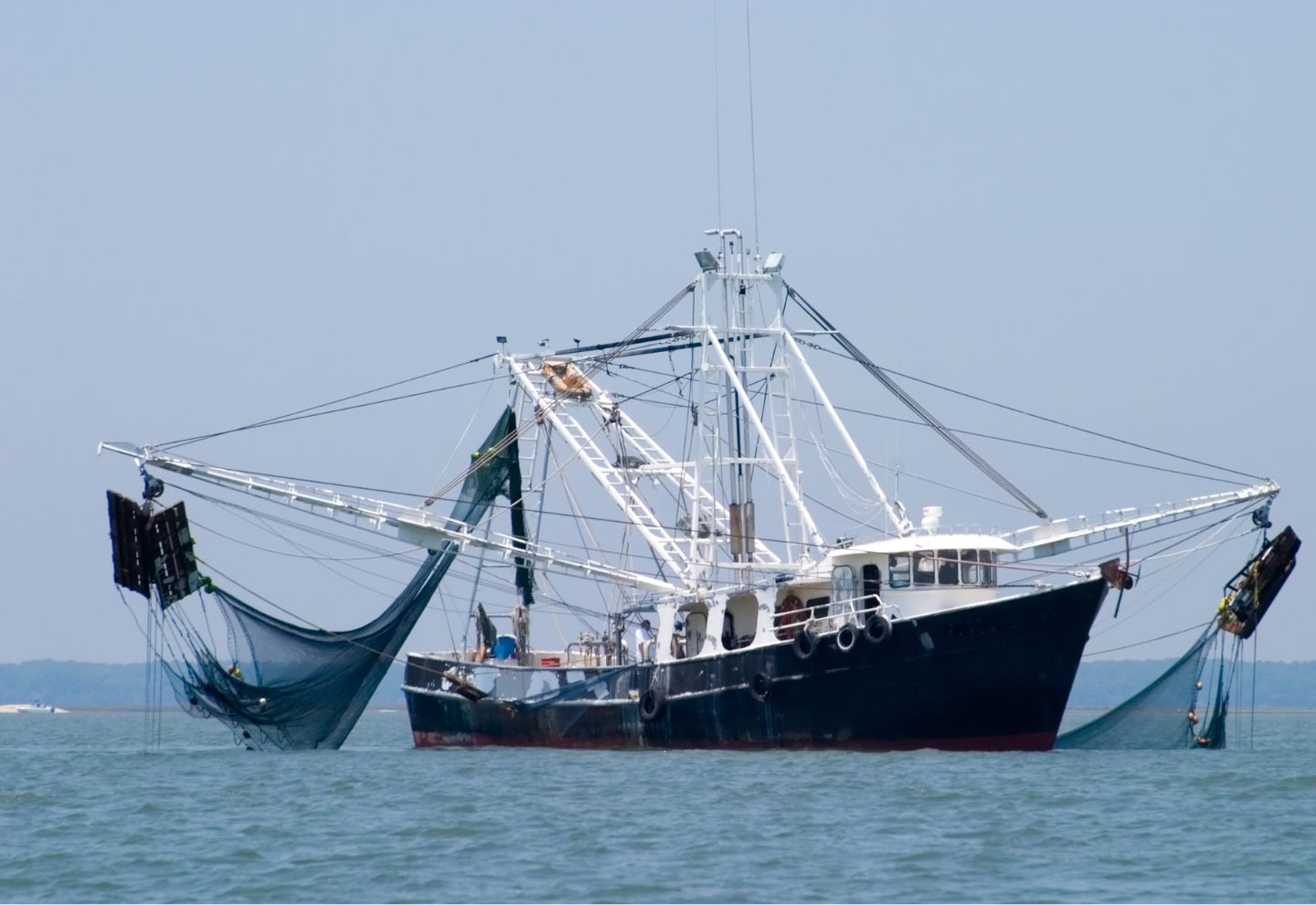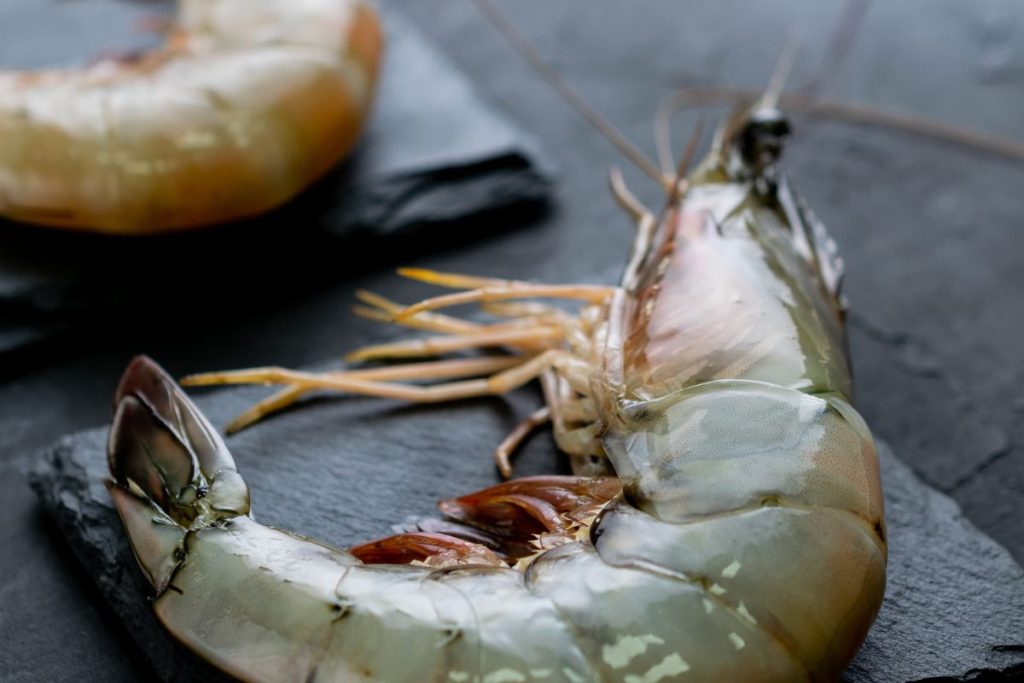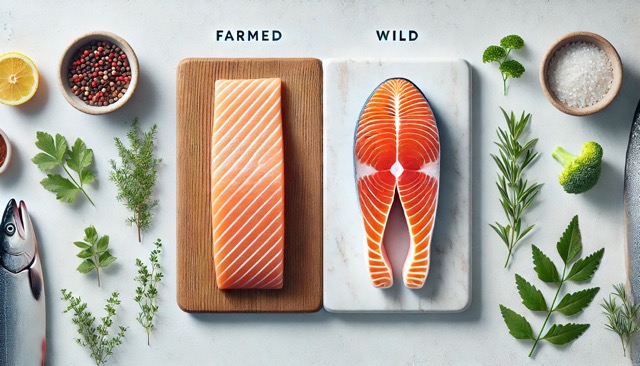The global population has experienced considerable growth in recent centuries, leading to a greater demand for food. Wild fishing has been, for many years, the main fishing methodology used to satisfy the great global demand.
However, aquaculture or “fish farming” has turned out to be a great alternative to manage demand and prevent overexploitation and overconsumption from depleting resources, both marine and river.
They are two different fishing practices, so if you have a company operating in the fishing or aquaculture sector, it is vitally important that you know what their differences are.
Wild fishing: Products with flavor and quality
Wild fishing refers to the activity of capturing fish and shellfish that takes place in their natural habitat (rivers, lakes or the open sea). In this natural environment, aquatic animals feed on other fish and aquatic species by their own hunting.
It is for this reason that the products obtained through this fishing method have a higher quality, better flavor and less artificial character. Distinctive characteristics highly appreciated in the sector, especially to the consumer.
Farmed Fishing: A Controlled Breeding
Farmed fishing, also known as aquaculture, consists of procedures, techniques and activities aimed at the production, commercialization and cultivation of marine organisms.
This is done through fish farms — water enclosures that function as farms — where the breeding of these animals is controlled, including the quality of the water and their diet.
Its objective is the sustainable breeding and processing of aquatic animals for their restocking, as well as commercial purposes.
Farmed vs. Wild Fish: The Differences
Although some consumers may find it impossible to distinguish wild or farmed shellfish or fish with the naked eye, there are clear differences. We will see them below.
1. Organoleptic qualities
On the one hand, the quality of flavor and its organoleptic qualities — smell, appearance and texture — is what stands out most about shellfish from wild fishing. The meat tends to be darker in color, with a firm, fibrous texture and less juicy but more pleasant on the palate than those produced in farms. They also stand out for their flavor nuances that can be distinguished in their preparation.
Farmed shellfish, on the other hand, have lighter meat, a juicier and more tender texture, and a more intense smell.
2. Food and nutritional value
Wild shellfish and fish also stand out for their great nutritional value as they have a varied and natural diet, without using antibiotics or artificial products in their food as can occur in fish farms. We also highlight that it is the long journeys they make to look for food or change water, which gives them a greater amount of protein, omega 3 and fewer fatty acids.
On the other hand, shellfish and farmed fish are usually fed with compound feed with high energy content. However, being raised in water tanks, farmed shellfish perform less physical movement activity, so they contain a greater amount of saturated fat and less protein.
3. Traceability
Farmed shellfish have greater control over their breeding evolution, thus avoiding contamination of the meat by parasites. This is not possible with wild fishing as they are shellfish living in the wild.
4. Sanitary control
Both fishing methods are subject to rigorous quality controls by the European Commission. Although it is true that in fish farms the percentage of antibiotics, hormones and other substances may be higher than in fish raised in freedom.
However, at present, these controls mean that the percentage of these elements is so low in farmed fisheries that they do not pose any risk to human health.
5. Sustainability
Sustainability is one of the main reasons for the creation of farmed fishing since it contributes to the repopulation of animals of aquaculture origin.
However, wild fishing can also be eco-friendly, as we encourage in Krustagroup. For this, sustainable activities and actions must be applied that are respectful of the environment and contribute to the reduction of overfishing. The responsibility and importance of making use of sustainable practices falls on both wild and farmed fisheries.
For this reason it is important to apply and maintain sustainability standards in both, thus promoting responsible fishing for a long-term sustainable aquatic ecosystem.
At Krustagroup we are committed to offering quality products through wild fishing, with food safety and sustainability certifications that guarantee our sustainable fishing practices and the quality of our processing.





